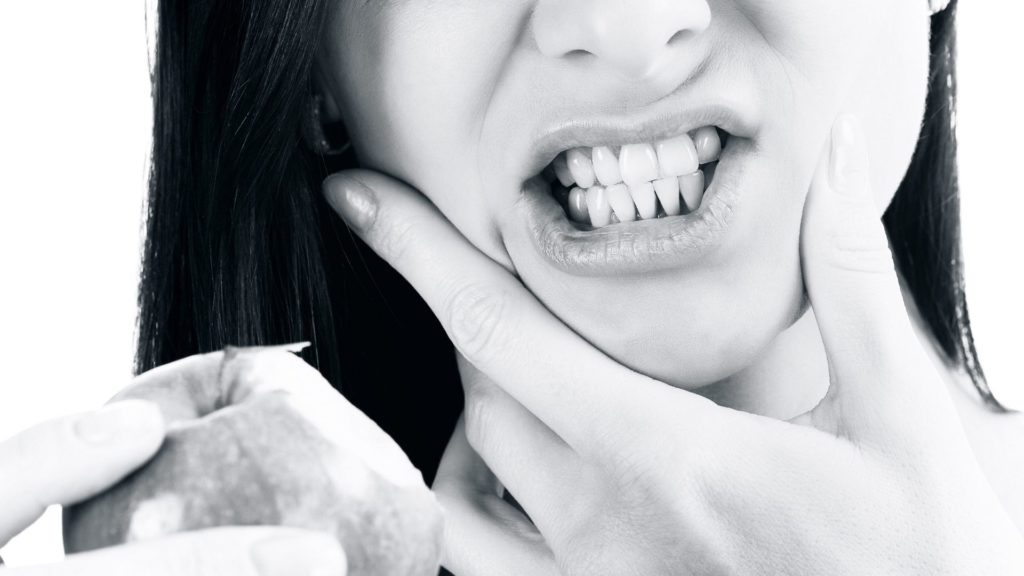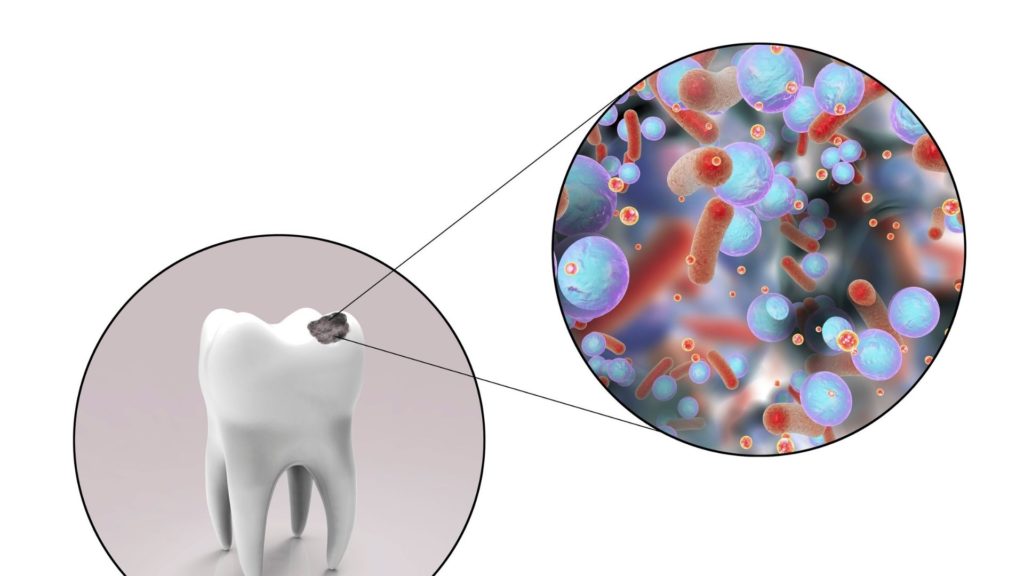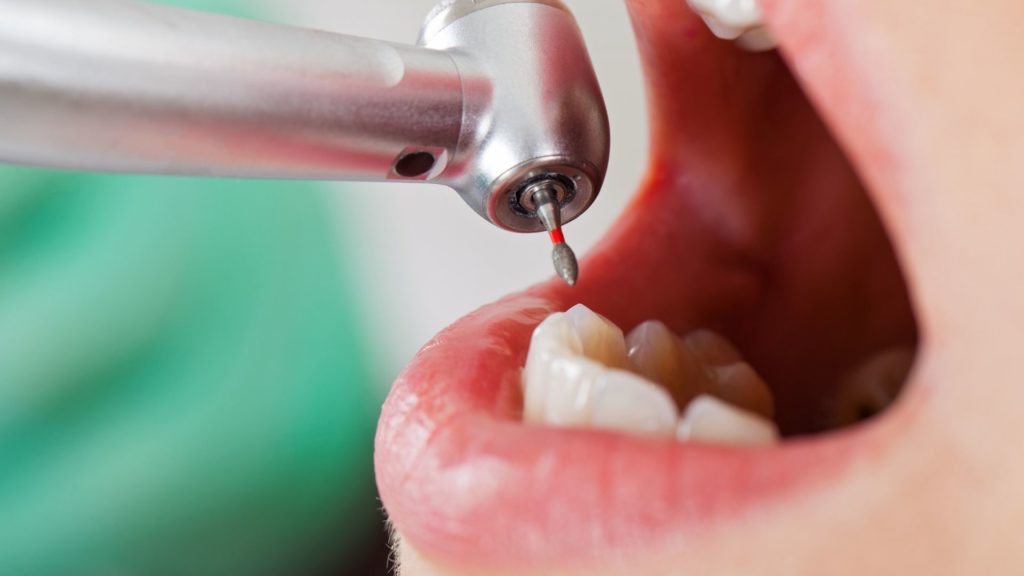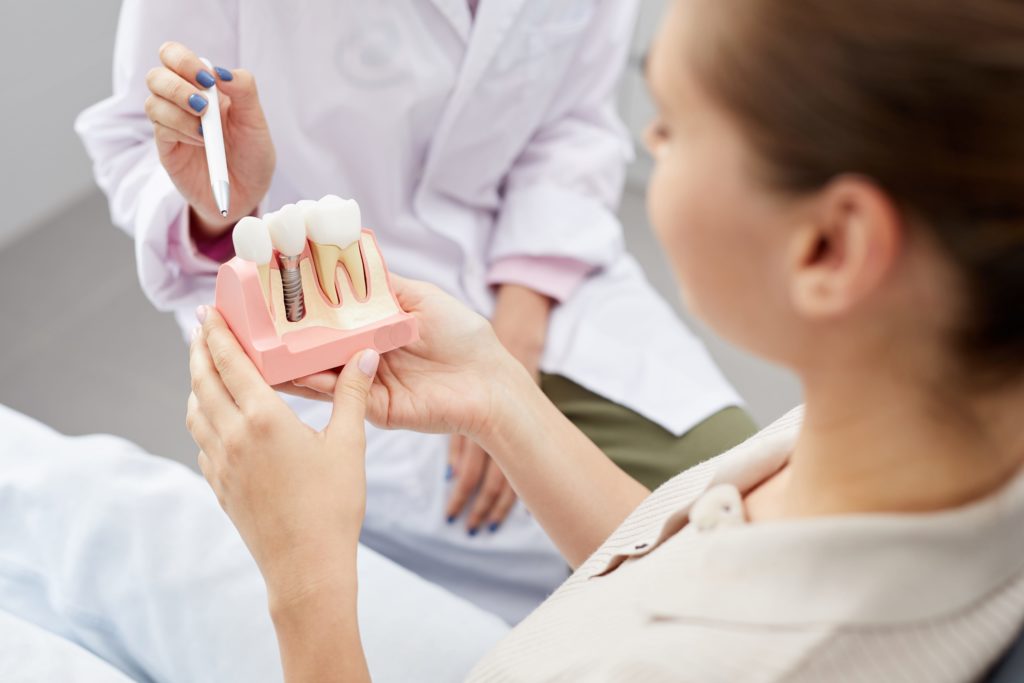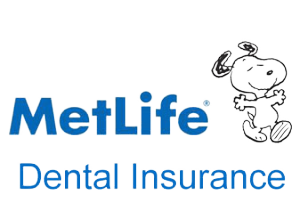Introduction
DENTAL BRIDGE
When one loses one or more teeth, they can be replaced by a removable and fixed prosthesis within fixed ones. There are different types of bridges that serve as substitutes for the missing teeth. Our dentists in Oxnard, Santa Paula, Ventura, Newbury Park and Port Hueneme will help guide you to the best treatment to give you back your best smile.
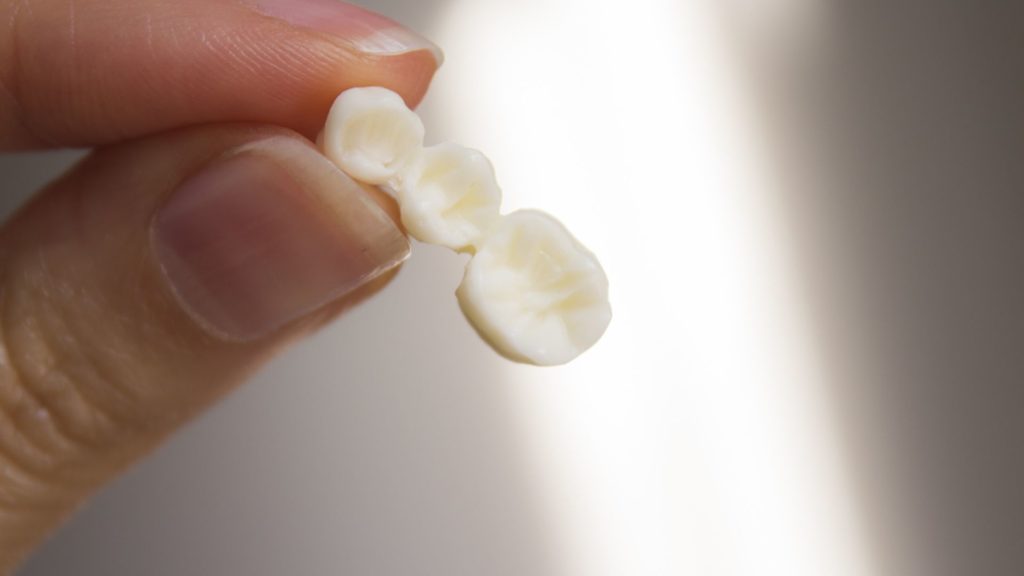
¿what is a dental bridge?
Dental bridges: or fixed partial dentures are a type of restoration that, as the name implies, are bonded or cemented to the tooth.
These dental bridges are used to replace missing teeth that have been lost for various reasons, such as from tooth decay, trauma, among other causes.
A dental bridge is made up of two parts: the abutments and the pontics.
- Abutments: the teeth or dental implants to which the fixed dental prosthesis will be attached.
- Pontics: the teeth to be replaced.
Dental bridges take up the space where a tooth is missing as an “abutment”. They must be carved, that is, there must be wear so the prosthesis can adhere. According to the type of material to be used in the fixed prosthesis, the abutment teeth will be filed down.
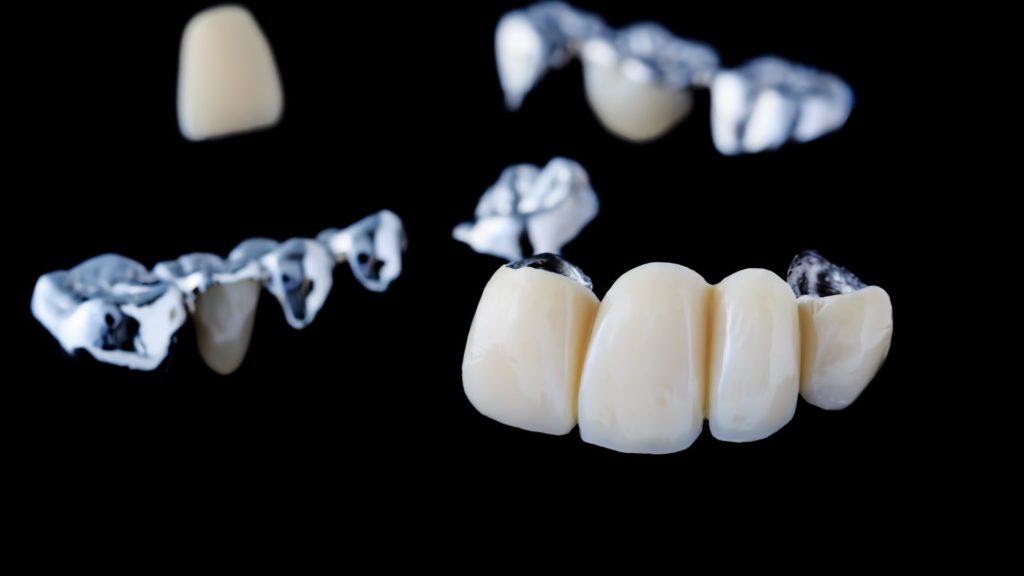
what are the benefits of dental bridges
Among the major benefits placing a dental bridge:
- Returning the functional part of missing teeth since not having all our teeth decreases our chewing efficiency. Placing a dental bridge will help improve chewing.
- Improving our mastication also helps us have a better diet and nutrition.
- Improving pronunciation, especially when replacing front teeth, as these teeth play an important role in the pronunciation of certain words.
- Improving aesthetics. A dental bridge will replace the shape and appearance of the missing tooth, giving it a better appearance.
- Improving the esthetics and functionality will impact self-esteem.
- It helps to preserve the opposing teeth so that they do not extrude from the occlusal plane. That is to say that they do not migrate or move from their ideal place.
- It helps to preserve the bone of the pieces that are absent, since losing a tooth and its function causes the surrounding bone to be resorbed, with the use of dental bridges decreases the degree of resorption in that area.
- Having a fixed dental bridge also helps to improve confidence, since being fixed gives the patient the confidence that it will not come out when speaking or eating.
DISADVANTAGES OF DENTAL BRIDGES
- The main disadvantage is the wearing down of the abutment teeth since they are often healthy teeth.
- Tooth sensitivity, due to wear: some patients have tooth sensitivity because the loss of tooth structure makes teeth more sensitive to temperature changes, such as food or very cold or hot drinks.
- Need for endodontic treatment: in some situations, wear is within the proximity of the dental pulp, causing pain so it is necessary to do a root canal (endodontics).
- Increased risk of dental caries: losing the tooth structure by filing them makes these teeth (abutments) more prone to the rapid progression of a carious lesion from poor oral hygiene.
RECOMMENDATIONS TO CONSIDER
All oral appliances require care to give them a longer life, preserve the teeth still present and above all ensure good oral health. Our recommendations are as follows:
- The main recommendation is good oral hygiene, as recommended by the Pan American Health Organization (PAHO) and the World Health Organization (WHO). Dental bridges should be attached in a fixed way to the teeth, making it easy to clean them in the conventional way -usually brushing. This includes the mandatory use of dental floss and mouthwash.
- In some cases, oral hygiene can be reinforced with the use of interdental brushes.
- Brushing, flossing, and mouthwash should be done at least three times a day after every meal, and especially at night.
- In the beginning, the ideal protocol is to eat things that are not too hard to get used to this type of restoration.
- Visit the dentist at least twice a year to verify that these dental bridges remain in good condition.









